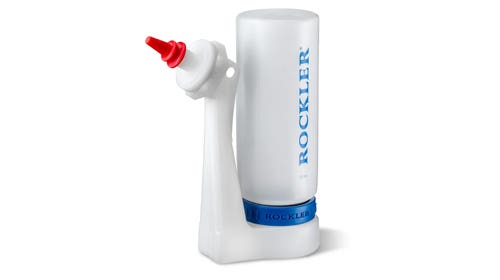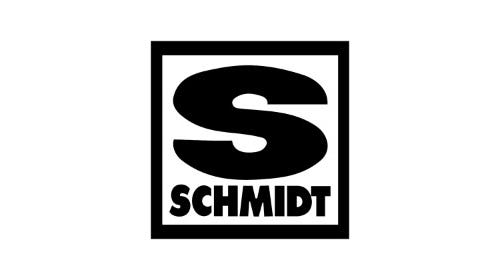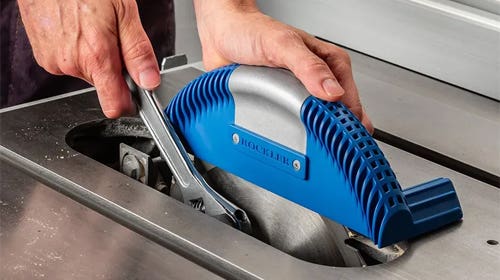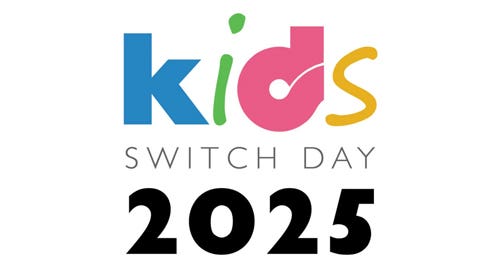Unique mahogany alternative hits U.S.
Since supplies of genuine mahogany have been dramatically reduced in recent years, wood dealers have been pushing alternatives such as African mahogany, sapele, sipo and Spanish cedar. Now there’s a…
Since supplies of genuine mahogany have been dramatically reduced in recent years, wood dealers have been pushing alternatives such as African mahogany, sapele, sipo and Spanish cedar. Now there’s a new species on the block being pushed by several U.S. distributors — Eucalyptus grandis. Lewis Lumber Products of Picture Rocks, Pa.; Northland Forest Products of Kingston, N.H.; and Thompson Mahogany of Philadelphia are involved in a joint venture with Cofusa and Urofor, two Uruguayan forestry companies, to provide this new mahogany alternative.
Eucalyptus grandis is a unique species, grown on a plantation with a harvest cycle of about 18 to 20 years. Before it is harvested, it undergoes intensive silvicultural management, which consists of a regular schedule of thinnings and prunings throughout the tree’s life.
“They start out with about 1,100 trees per hectare, [2.47 acres] and by the time they get to Year 17 or 18 they’re down to about 100 trees a hectare,” says Don Thompson, president of Thompson Mahogany. “So they thin 90 percent of the timber and they’re thinning about every two years. Our product comes from a 20-mile radius and therefore it is very uniform.”
“It’s a genuine mahogany alternative,” says Mike Mamrak, a spokesman for Lewis Lumber Products. “The working properties are similar. Although we don’t have official density testing numbers yet — we’re still working on that — but what we’ve been told is it machines like, and has a very similar density to, American cherry [specific gravity .47]. The African mahogany tends to get a little bit of fuzz to it; this does not.”
Eucalyptus grandis should not be confused with Weyerhaeuser’s hybrid lyptus product, which is grown in the Brazilian state of Bahia with the assistance of Aracruz Produtos de Madeira.
“We’re not promoting it as a substitute for Weyerhaeuser’s lyptus, though it has kind of done that for itself in some places,” Mamrak says. “The lyptus product is actually a genetic hybrid of different eucalyptus species. They took a couple species that worked well together and altered them to be one new species, whereas ours is a true Eucalyptus grandis unaltered species.”
Eucalyptus grandis is being marketed primarily for interior applications such as flooring, interior moldings, kitchen cabinetry, architectural woodwork, doors, windows and furniture. It has been used for outdoor furniture, but the weather resistance for exterior use is still being studied.
“It does not have as good a weathering resistance for exterior uses as does mahogany, but in terms of interior applications it is indistinguishable, or one would have to be fairly conversant with the grain structure and pattern to determine one from the other,” says Fred Doane of Northland Forest Products.
The working properties of Eucalyptus grandis are reported to be above average. The texture is uniform, the wood mills well, it takes an excellent stain, and is in most ways comparable to mahogany.
According to the distributors, FSC certification is the strongest selling point of the new species.
“Every stick that we bring to our warehouse is FSC-certified,” states Mamrak. “Its biggest benefit is the FSC factor. We see a lot of jobs come through for FSC mahogany, and it’s not always available and this can easily stand in its place.”
“We’ve had FSC certification since the early ’90s and we do import tropical hardwoods, but only those that are FSC-certified. We try to make it a point to be environmentally conscious and try to promote products that are not illegally harvested or harvested in a way that may affect our global environment.”
Supplies of the wood will greatly increase in about six months when a larger mill goes online. Available lengths are currently 8' to 12' with widths of 6" to 12". Once the new mill is operating, lengths up to 16' will be available. It is being sold in thicknesses of 4/4, 5/4, 6/4, and 8/4.
Pricing for Eucalyptus grandis, graded as FAS/Select and Better, is approximately $4.75/bf at the retail level. It wholesales for about $3,000/mbf.







